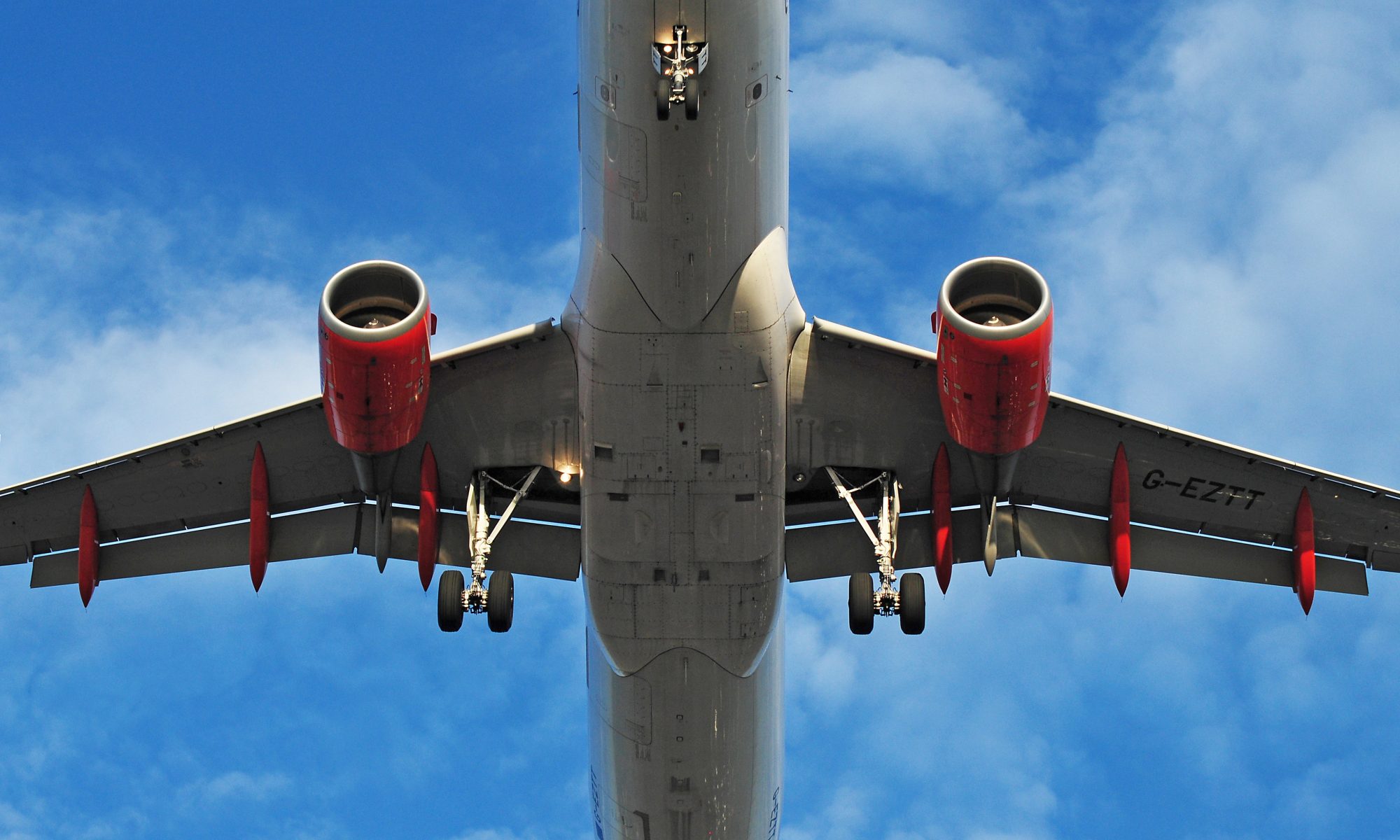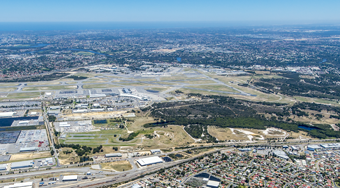For land use planning purposes in Australia, aircraft noise impact is illustrated using the Australian Noise Exposure Forecast (ANEF) system.
The ANEF plans indicate the anticipated noise contours for the most likely or preferred development and forecasts for an airport. The ANEF is a central component of the Australian Standard 2021 regarding land use planning in the vicinity of airports.
At Perth Airport an ANEF plan for the long term airport capacity of 362,000 aircraft movements a year has been produced. It is expected that 362,000 movements will be achieved in approximately 60 years. The contours show the average daily aircraft noise exposure associated with the long term airport development, including extensions to, and construction of new runways. To view the current Perth Airport ANEF click here.
In the 2018/2019 financial year, Perth Airport currently had approximately 130,000 aircraft movements, this is expected to grow to 202,000 by 2040 which is the period of the Perth Airport Master Plan 2020.
The implications for development are summarised within the Western Australian Planning Commission’s (WAPC) State Planning Policy No. 5.1 – Land Use Planning in the Vicinity of Perth Airport. If your property is located within the ANEF 20 contour and above, then there can be zoning and development restrictions placed on your land. This protects against inappropriate or low structural quality development being built in areas most likely to be affected by aircraft noise. The extent to which you can subdivide your property may also be affected. In some cases you may find there is a notification on your land title, which is intended to forewarn future purchasers about the likely presence of aircraft noise.
Conditions such a noise insulation may also be a requirement of planning approval. Advice on noise insulation is given in the WAPC’s publication Aircraft Noise Insulation for Residential Development in the Vicinity of Perth Airport.
For information about land use planning policy in the vicinity of Perth Airport, please contact the Planning Department at your local council or contact the WAPC on 9264 7777 or visit planning.wa.gov.au.







